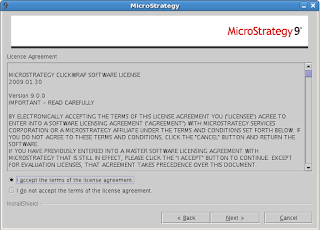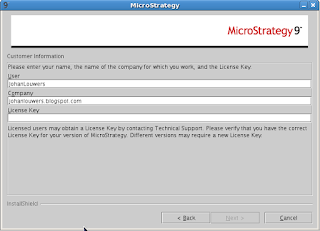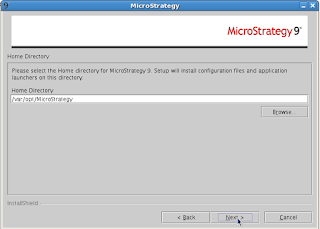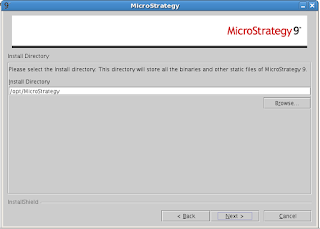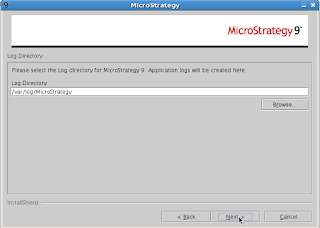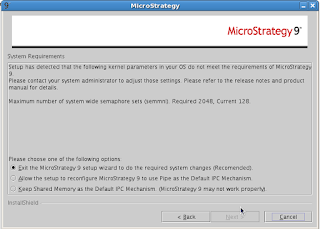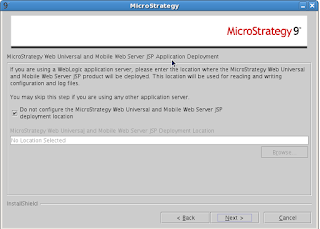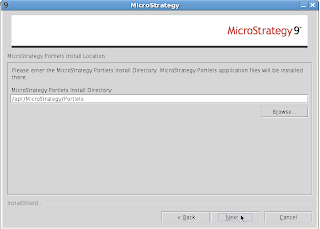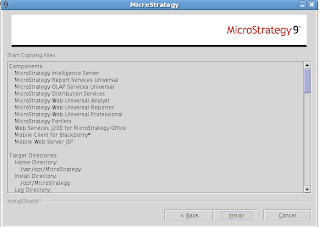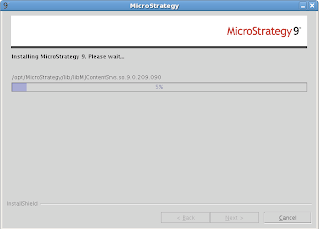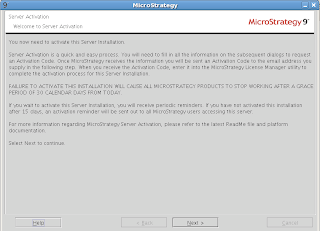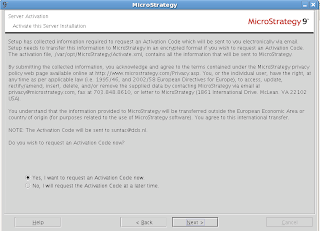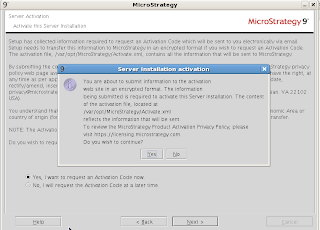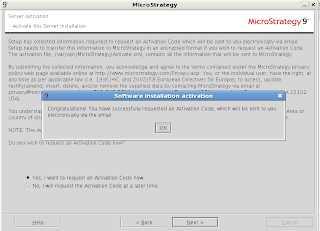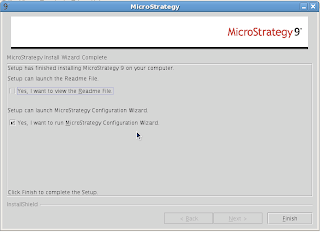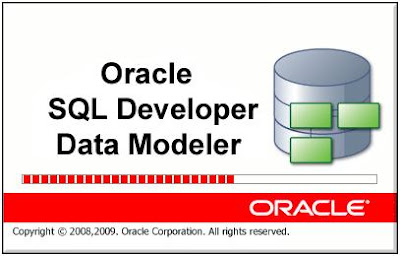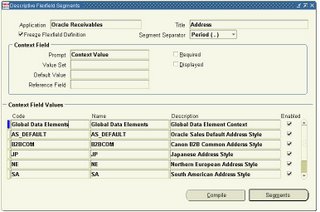
For some reason I love to have more than a single monitor to work with. At home I have a couple of big flatscreens to work on and a dual video card. However at work I am limited by my laptop to only use the laptop screen and a single extra monitor due to the fact I only can hook one monitor to the laptop.
As I have decided to tackle this problem I started a little search on the internet to find some products that can do this trick. And as it turns out you can have multiple screens via USB attached to your laptop. Even do I still have to order one I am already looking forward to it and improving my workspace.
First I found is the ViBook solution however I am more looking for something like the see2 from tritton because the Linux support is better for this one. That is to say, it is not supported however you can get it to work from what I read online so I will give it a go.









